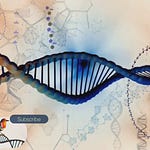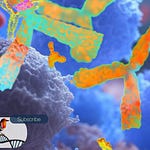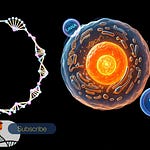Antibody Engineering Breakthroughs.
Antibody engineering has revolutionized biotechnology, enabling the creation of highly specific and efficacious therapeutic antibodies. These engineered antibodies are used to treat diseases like cancer, autoimmune disorders, and infectious diseases by targeting specific disease markers.
Advanced Techniques and Methodologies.
Techniques such as monoclonal antibody production, phage display, transgenic animals, and antibody humanization are used to achieve precise antibody design. Each method contributes to producing antibodies with enhanced specificity and functional properties.
Antibody Structure and Function.
Antibodies, or immunoglobulins, are Y-shaped proteins produced by B cells. They consist of two heavy and two light chains, with variable regions for antigen binding and constant regions for effector functions. The tips of the Y-shaped structure contain the antigen-binding sites, which are highly specific to target antigens.
Biochemical Composition.
Antibodies are glycoproteins composed of amino acids and carbohydrates. They are classified into five main classes (IgG, IgA, IgM, IgE, IgD), each defined by their constant region and associated functions. The amino acid sequence dictates their higher-order structure and function.
Functional Fragments.
Antibodies can be enzymatically cleaved into Fab (Fragment antigen-binding) and Fc (Fragment crystallizable) regions. Fab fragments are responsible for antigen recognition and binding, while Fc fragments mediate interactions with cell surface receptors and the complement system.
Genetic Basis of Diversity.
Antibody diversity is generated through mechanisms like V(D)J recombination, which randomly combines variable (V), diversity (D), and joining (J) gene segments during B cell development. Additional diversity arises from somatic hypermutation and class switch recombination, enhancing antigen specificity and functional versatility.
Monoclonal Antibody Production.
Monoclonal antibodies are produced using hybridoma technology, where B cells from immunized mice are fused with myeloma cells to create hybridomas. These hybridomas are screened for desired antibody production, cloned, and expanded for continuous antibody generation.
Learn more on our Biotechnology Reviews Journal, Thank you
Stay Curious, Stay Innovative, I'm Luke McLaughlin.













Share this post